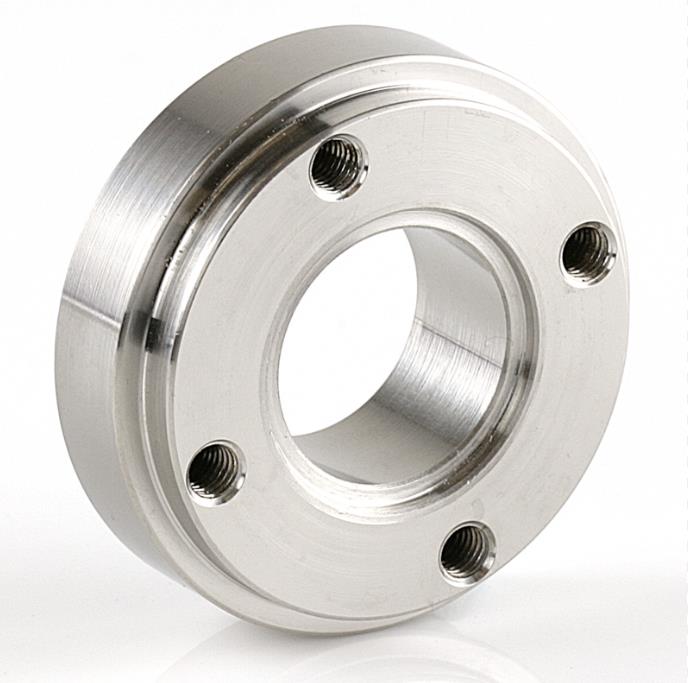Nickel plating is a surface coating process where a layer of nickel is deposited
onto a metal substrate to improve its corrosion resistance, wear resistance, and aesthetic appeal.
Nickel Plating Types
Nickel plating has four main types: electroless nickel plating, sulfamate nickel plating, bright nickel plating, and dull nickel plating.
1. Electroless nickel plating - It is an auto-catalytic process that does not require an external electrical source. Instead, the plating is controlled by a chemical reaction. It provides excellent corrosion resistance, wear resistance, and hardness.
2. Sulfamate nickel plating - It is an electrolytic process that uses a nickel sulfamate solution as the plating material. It provides excellent adhesion, ductility, and corrosion resistance.
3. Bright nickel plating - It is a decorative plating process that provides a shiny and reflective surface finish. It is extensively used in the automotive and electronics industries.
4. Dull nickel plating - It is a functional plating process that provides a matte or non-reflective surface finish. It is extensively used in the outdoor and architectural industries.
Material Properties
Nickel plating provides various material properties, including corrosion resistance, wear resistance, ductility, and hardness. The properties depend on the type of nickel plating and the plating thickness. Electroless nickel plating provides excellent corrosion resistance and hardness, while sulfamate nickel plating provides excellent ductility and adhesion. Nickel plating thickness can range from a few microns to several hundred microns. Thicker plating provides better corrosion resistance, wear resistance, and durability but can affect dimensional tolerances.
Processing Methods
Nickel plating can be processed using Electroplating, Electroforming, and Electroless plating methods.
1. Electroplating - It is a process that uses an electrical current to deposit a thin layer of nickel onto the surface of a metal part. It requires an external electrical source and can be used to plate various metals.
2. Electroforming - It is a process that uses a mold or mandrel to create a three-dimensional nickel part. It requires an external electrical source and can be used to create various shapes.
3. Electroless plating - It is an auto-catalytic process that uses a chemical reaction to deposit a thin layer of nickel onto the surface of a metal part. It does not require an external electrical source and can be used to plate non-conductive materials.
Industry Applications
Nickel plating is extensively used in various industries, including automotive, aerospace, medical, and electronics. It is used to provide corrosion resistance and wear resistance to various metal parts, such as bearings, gears, and connectors. Bright nickel plating is extensively used in the automotive industry to provide a shiny and reflective finish to decorative parts. Electroless nickel plating is extensively used in the electronics industry to provide corrosion resistance and solderability to printed circuit boards.
Parts Applications
Nickel plating can be applied to various metal parts, such as Zinc Die Casting, Aluminum casting, Magnesium casting, Forging, Extrusion, Stamping, Bar/Tube/Sheet/Plate materials, and Fasteners.
In conclusion, nickel plating is a widely-used electroplating process that provides excellent corrosion resistance, wear resistance, and oxidation resistance to metal parts. Choosing the right type of nickel plating, understanding its material properties, and selecting the appropriate processing methods can be challenging.
